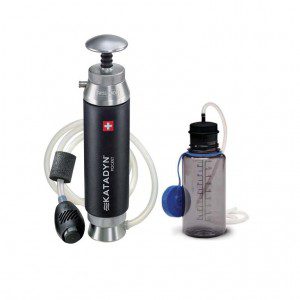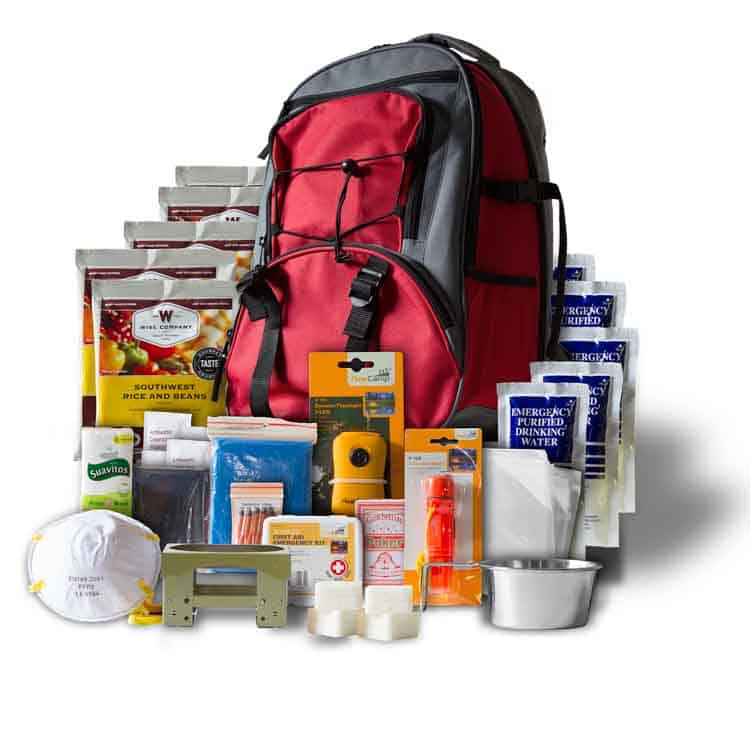Wilderness Photography & Preparedness
Being prepared for any situation is crucial when hiking or camping, whether you have camera gear with you or not. Short-term food packs are essential for these excursions as they can last up to 25 years and are helpful for various situations, such as emergencies, alien encounters, zombie attacks, or bad weather events. However, be sure to check out our list of necessary items below, which are specifically tailored for photography camping trips.
Hiking, Photography, and Possible Emergencies
Combining hiking and photography is a beautiful way to stay active, enjoy the outdoors, and create lasting photography and memories. However, taking necessary safety precautions is essential even when venturing just a short distance from civilization or your vehicle.
Many assume they are safe as long as they are near their car, but being prepared for emergencies is crucial. This includes avoiding bad weather and having essential survival items such as water purifiers, pocket knives and compasses on hand. These tools can make a big difference if you become lost or injured while exploring. We always recommend bringing these items, along with a good jacket and hiking shoes, as a minimum level of preparedness for any hiking trip. And hey, just in case Armageddon strikes, you’ll be ready!
Venturing off the beaten path into the wilderness requires a keen sense of adventure. Still, it is also necessary to prioritize safety. Ensure your hiking boots are sturdy and suitable for uneven terrains. A well-stocked first aid kit, compass, map, and ample food and water will ensure a safer journey in the wilderness.
As you embark on your creative journey, remember that safety should always be your top priority. Always tell someone where you plan to go and when you expect to return. Consider sharing your GPS location with a friend or family member for peace of mind.
Knowing the basics of compass reading and navigating is crucial when venturing deep into the wilderness. Familiarize yourself with the different types of terrain and their potential hazards. Stay aware of your surroundings and listen to weather forecasts.
Always carry a whistle and an emergency shelter in case of unexpected weather changes. In the event of a sudden storm, seek shelter immediately and wait for the storm to pass. If you are lost, don’t panic; stay calm and focus on returning to safety.
In conclusion, photographing off the beaten path requires creativity, skill, and a commitment to safety.
PHOTOGRAPHY GEAR INSURANCE
While hiking with expensive camera gear, we must also consider protecting our equipment and ourselves. We use all the products from Think Tank Camera Bags. They have backpacks specifically designed to protect your gear. Some lucky ones carry ten thousand dollars worth or more of gear. No matter what the value, you want to protect it.
We recommend getting insurance on your gear. A lot of us do a side business of some sort with photography. You can get a general liability policy with camera gear and all office equipment protected for as low as $250.00 a year. We have a policy that started at that rate, but with all of our photography equipment, it is now up closer to $500.00
My friend Tom tells a story about when he was out hiking with his dog. He had a camera on a tripod, and the dog’s leash got tangled around the tripod in the water with the camera on it. The dog ran to chase a bird, and the camera went straight into Jordon Pond.
PLAN YOUR HIKING/CAMPING/PHOTOGRAPHY TRIP
Remember to research where you’re going and bring maps. Another critical issue is figuring out what camera gear you’ll use and trying to get only what you will use. Again, Think Tank has bags and backpacks that we entrust to protect our cameras and lenses. Be sure to check out the weatherproof gear if you encounter inclement weather. If hiking in the heat, you will need a backpack with room for water bottles. The recommended products are high-ranking in quality, durability, and functionality.
More thinking and planning should accompany the trip if you are headed to the backcountry. Carrying your camping and photography gear is challenging but well worth it when you obtain images that no other human being on Earth has ever taken or will take.
Here is a list of some things to take while camping and photographing.
PACKING LIST FOR WILDERNESS PHOTOGRAPHY
CAMERA GEAR
- Camera body
- Zoom lens
- Wide angle lens
- Lightweight tripod
- Shutter release
- Several Camera Batteries
- Several Memory cards
- Intervalometer – for making overnight Milky Way movies
- Waist pack with filter pack
HIKING GEAR
- Hiking Boots
- Quality Jacket
- Socks
- Gloves
- Sleeping Bag
- Tent
EMERGENCY GEAR
- First Aid Kit
- Bear Spray
- Compass
- Pocket Knife
- Water Purifier
- 1-2 survival food pouches
OVERNIGHT GEAR
- BackPack
- Pack cover
- Tent, tarp
- Sleeping pad
- Pillow or stuffable pillowcase
- Meals
- Energy food
- Energy Beverages
- Stove & Fuel
- Cookset
- Dishes & Utensils
- Lantern
- Water treatment
Can you recall the 1970s film Where Have All The People Gone? I was just a young child when it was released, but somehow, I managed to watch it, much to my mother’s dismay. It followed a family who got lost during a hike and stumbled upon a cave. When they emerged, they discovered that a nuclear bomb had gone off, leaving everyone turned to dust.
After viewing the movie, my brother often teased me, shouting, “The bombs are coming! The bombs are coming!” And I would immediately panic and hide under cover. Thanks, bro.
This is the same older brother who hid under my bed and, when I was falling asleep, started pulling the covers. My older sister said, “Run, turn on the light and run down stairs and scream for help!” Which I, of course, did. My sister was in on it.
I can’t help but wonder if this terrifying movie is what inspired me to become a prepper. It was certainly scary for a six-year-old.
REMEMBER ALWAYS TO BE PREPARED FOR NUCLEAR FALLOUT, EVEN WHEN HIKING IN A CAVE.


